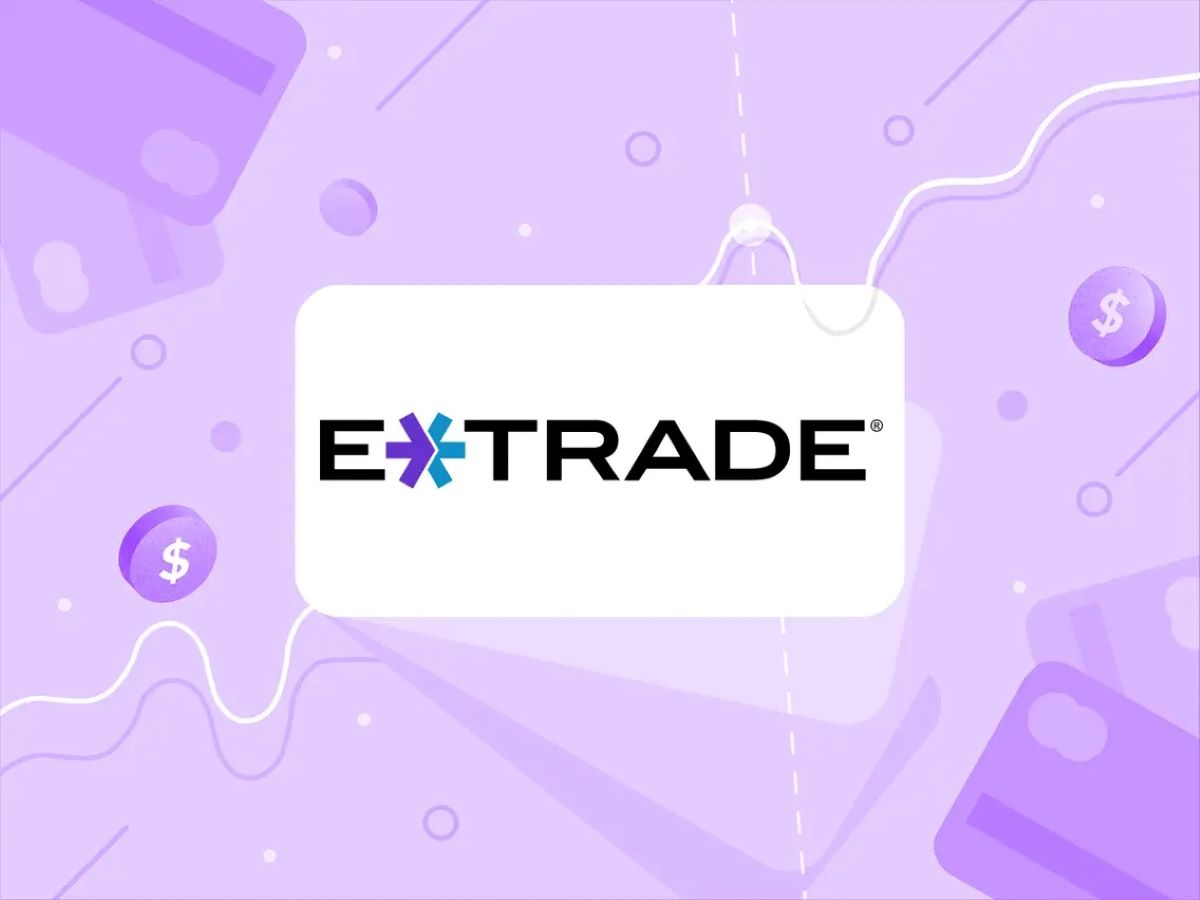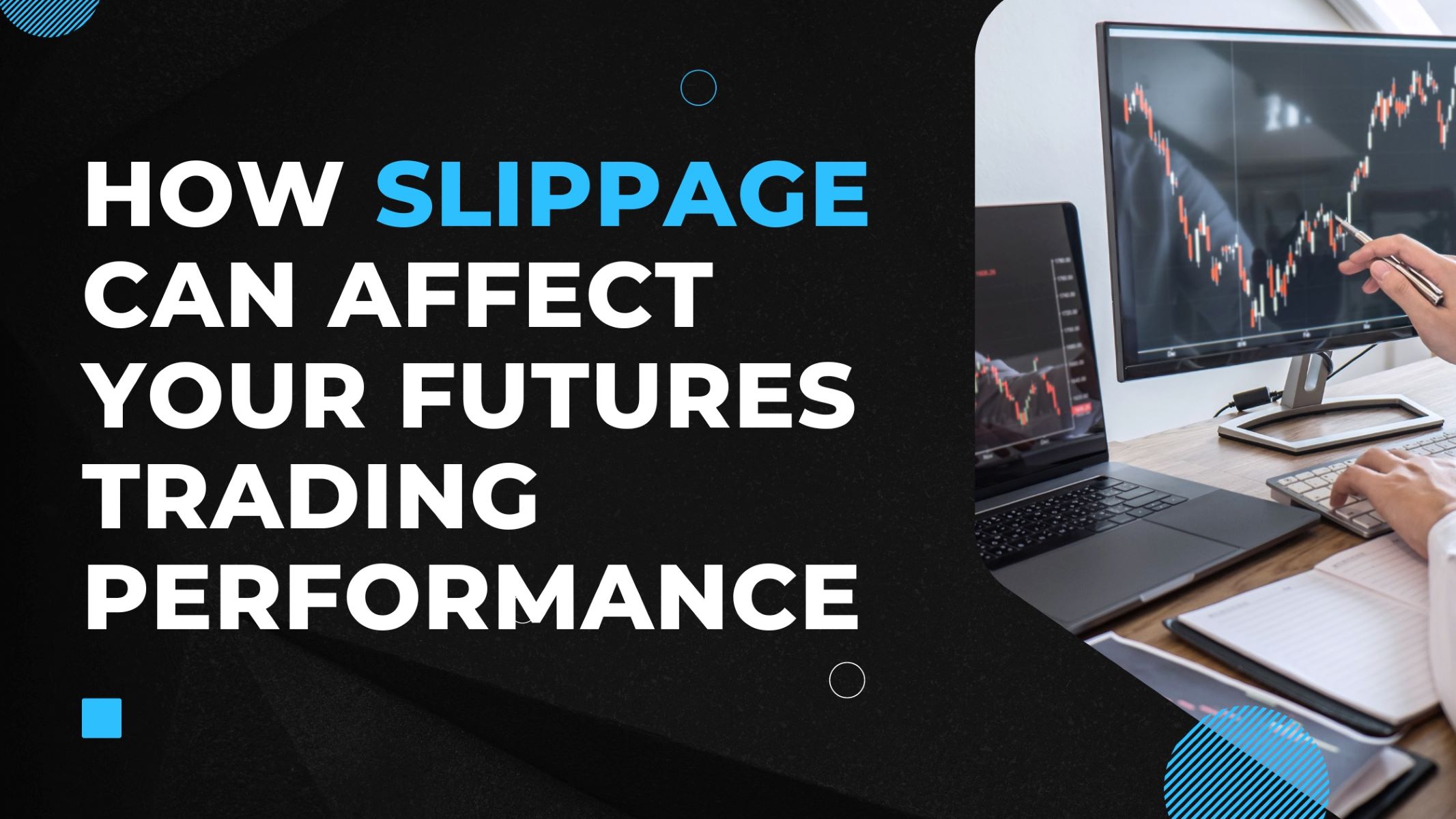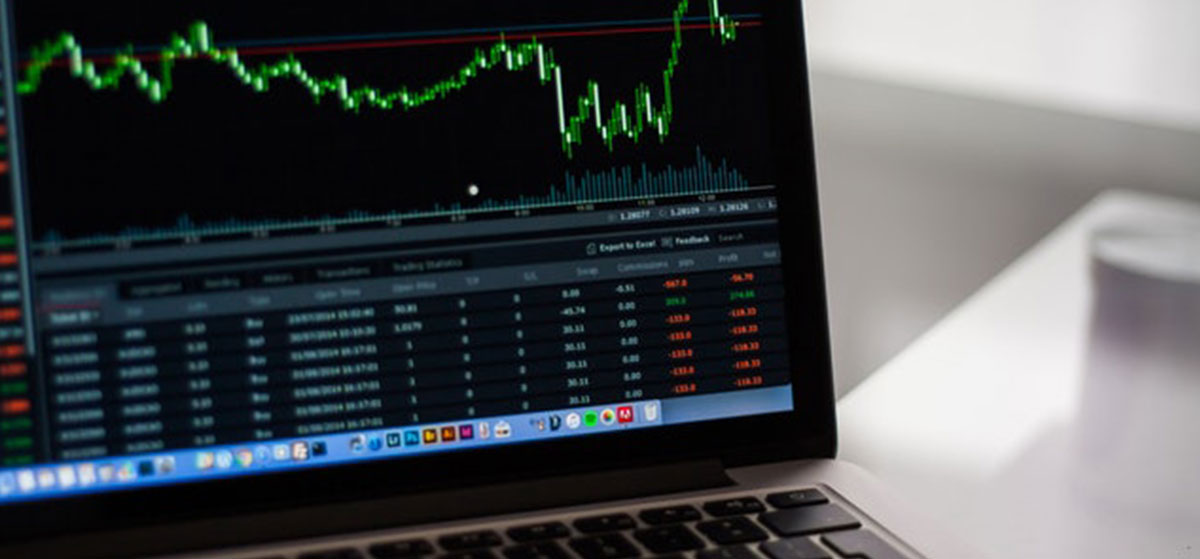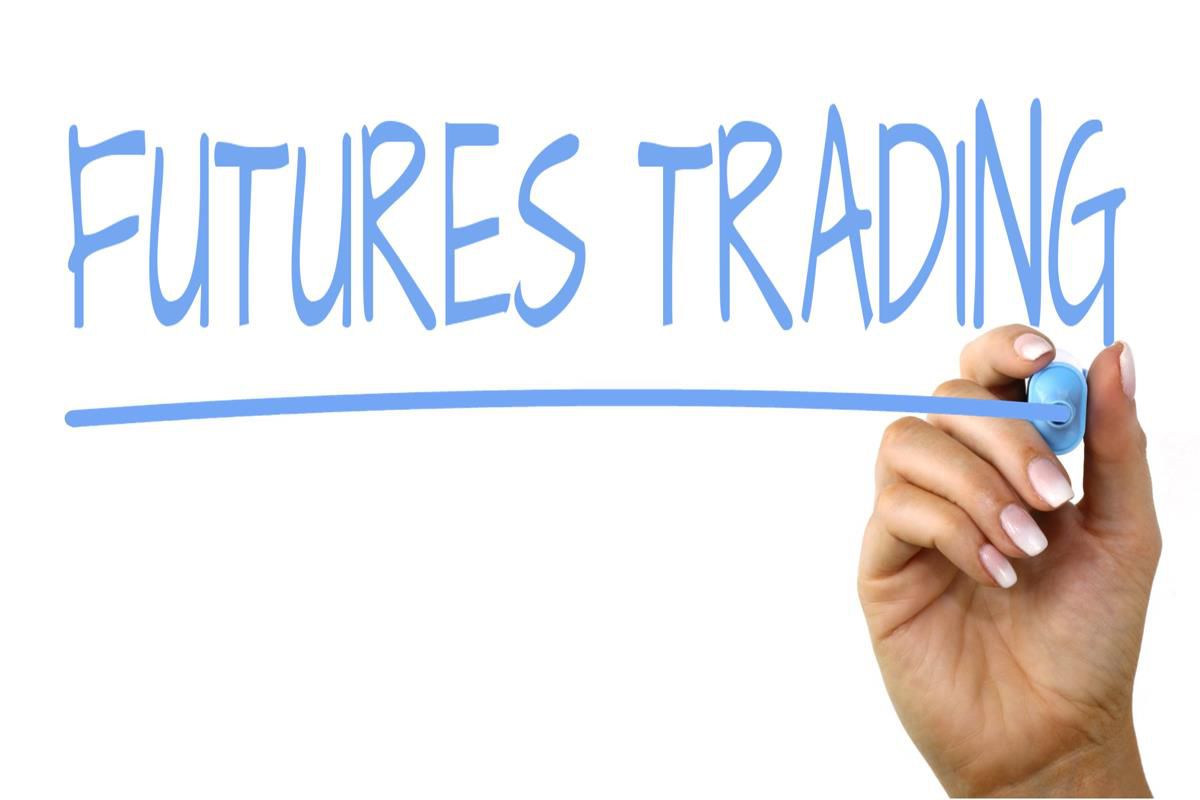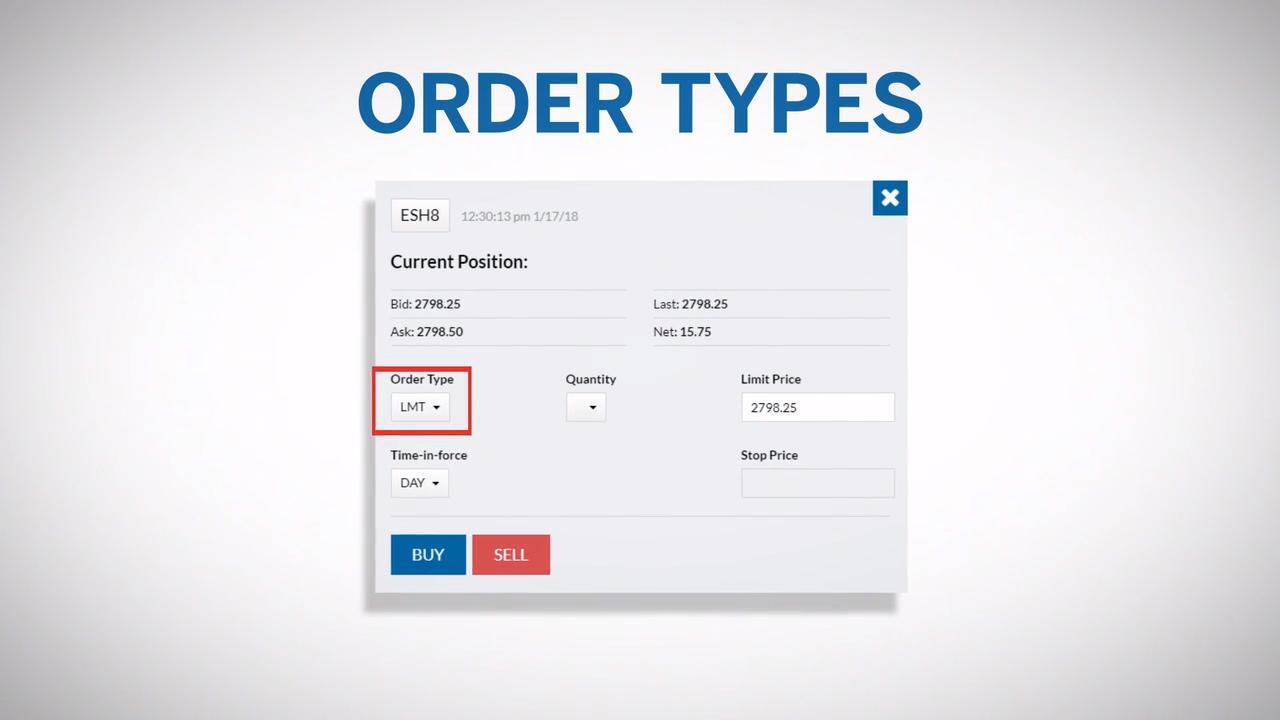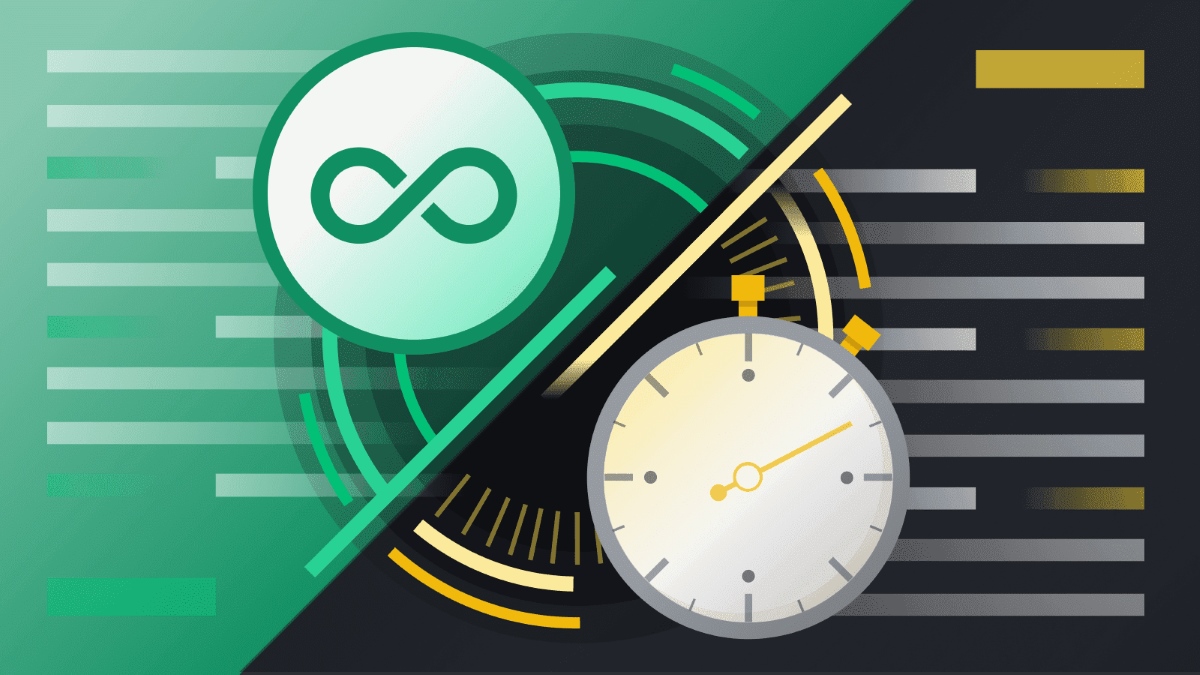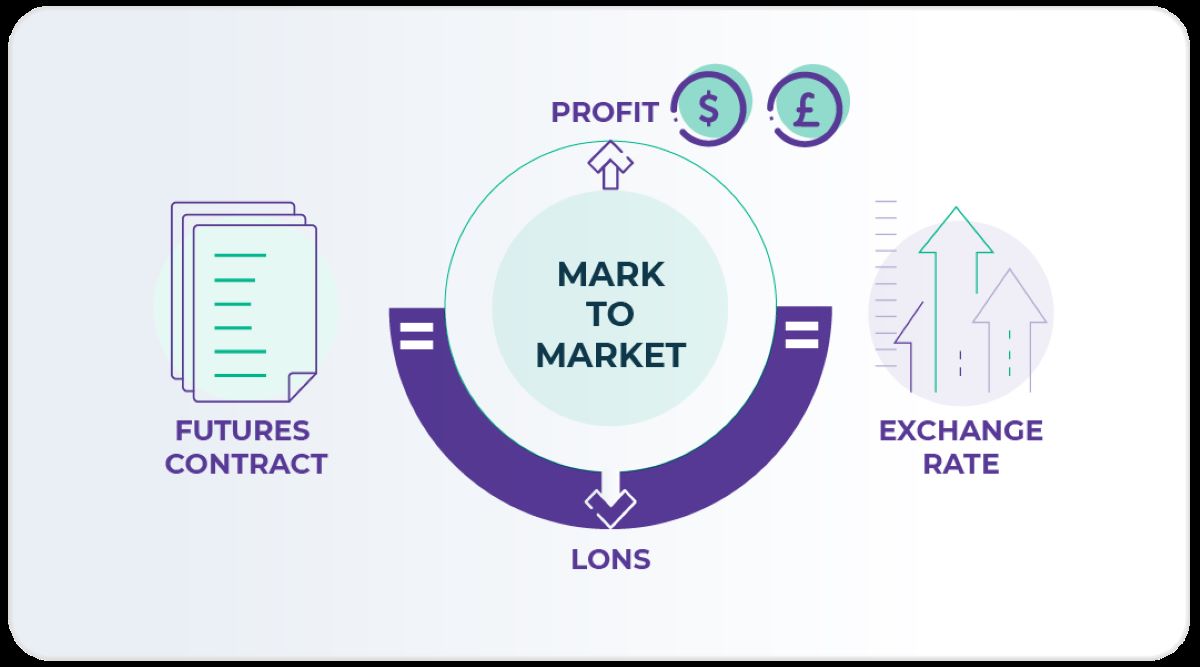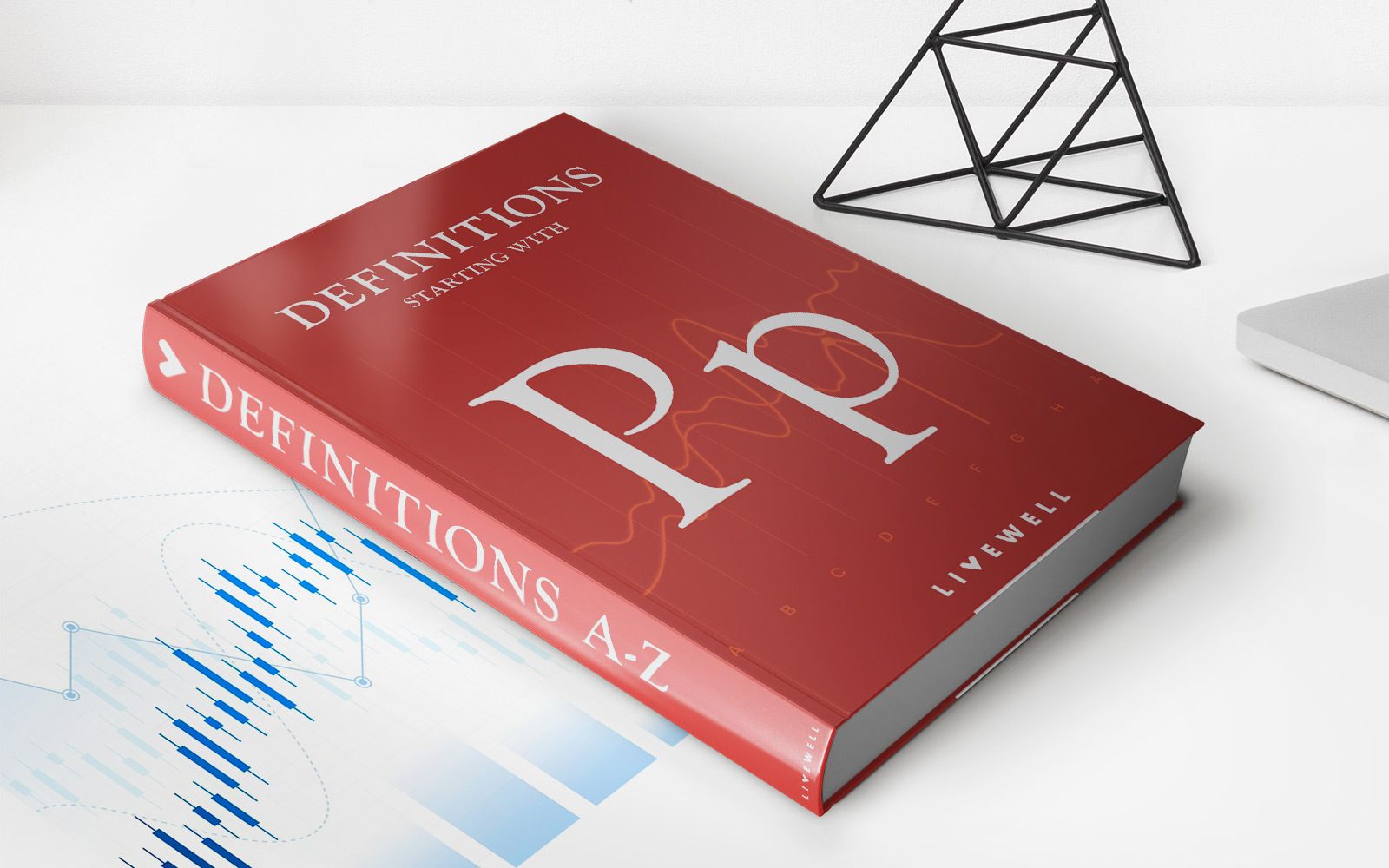Home>Finance>How Many NQ Futures Contracts Can One Safely Trade During Regular Market Hours?
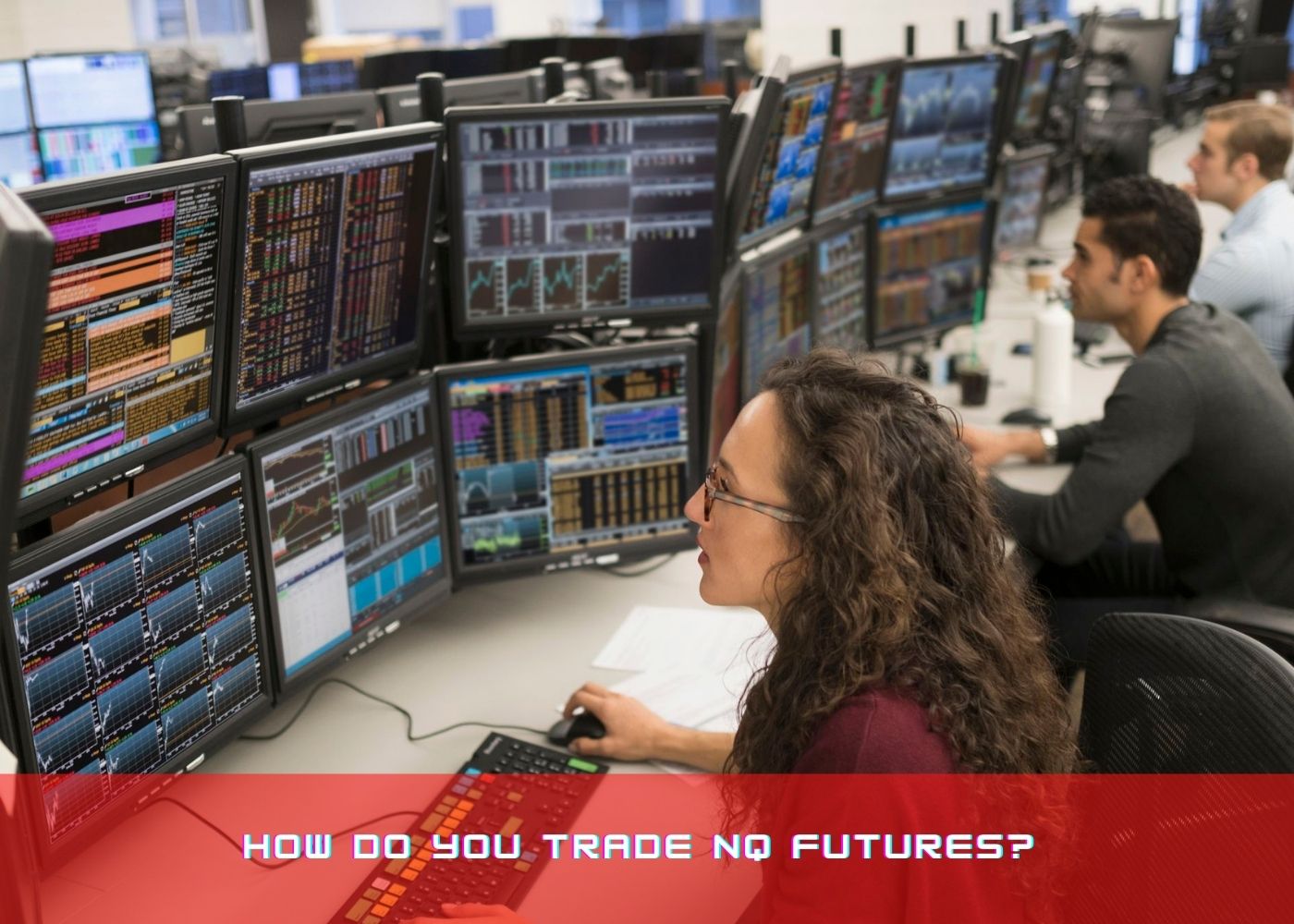

Finance
How Many NQ Futures Contracts Can One Safely Trade During Regular Market Hours?
Published: December 23, 2023
Discover how many NQ futures contracts you can safely trade in regular market hours in the world of finance. Maximize your trading potential today.
(Many of the links in this article redirect to a specific reviewed product. Your purchase of these products through affiliate links helps to generate commission for LiveWell, at no extra cost. Learn more)
Table of Contents
Introduction
Welcome to the world of trading and investing in NQ futures contracts! If you’re new to this field, you may be wondering how many NQ futures contracts you can safely trade during regular market hours. This is an important question to consider as it directly impacts your risk management strategy and potential profitability. In this article, we will explore the factors that determine the optimal trading volume for NQ futures contracts, offering insights and guidelines to help you navigate this exciting financial market.
Before diving into the specifics, let’s briefly understand what NQ futures contracts are. The NQ futures contract, also known as the E-mini Nasdaq 100 futures contract, tracks the performance of the Nasdaq 100 index, which consists of the 100 largest non-financial companies listed on the Nasdaq stock exchange. E-mini contracts are smaller versions of standard futures contracts, making them more accessible to individual traders.
As with any trading activity, it’s crucial to approach NQ futures trading with a comprehensive plan. One key element of this plan is determining the appropriate trading volume that aligns with your risk tolerance, capital, and trading strategy.
To make an informed decision about the number of NQ futures contracts to trade, there are several important considerations to take into account. These include the liquidity of the market, the risk management strategies you employ, and your overall trading goals. By analyzing these factors, you can establish a trading volume that maximizes your potential returns while minimizing the associated risks.
In the following sections, we will explore each of these factors in detail, providing you with the knowledge and insights necessary to determine the optimal number of NQ futures contracts to trade during regular market hours.
Understanding NQ Futures Contracts
Before we delve into the intricacies of trading volume, it’s important to have a solid understanding of NQ futures contracts. NQ futures are derivative financial instruments that allow traders to speculate on the future price movements of the Nasdaq 100 index.
NQ futures contracts are standardized agreements to buy or sell a specified quantity of the Nasdaq 100 index at a predetermined price and date in the future. Each contract represents a fraction of the value of the underlying index and has a set expiration date. The E-mini version of the NQ futures contract is one-fifth the size of the standard contract, making it more accessible for individual traders.
Trading NQ futures provides numerous benefits, including liquidity, flexibility, and leverage. The liquidity of the NQ futures market ensures that there is a constant supply of buyers and sellers, allowing for seamless execution of trades. Additionally, these contracts offer the flexibility to profit from both rising and falling markets, as traders can take positions in both long and short positions.
Furthermore, NQ futures contracts allow traders to leverage their capital, meaning they can control a larger position with a smaller amount of money. This leverage amplifies both potential gains and losses, so proper risk management is crucial.
To trade NQ futures contracts, you need to open an account with a futures broker and have a sufficient margin balance. Margin refers to the initial deposit required to initiate a position, and it acts as a performance bond that ensures traders can meet their contractual obligations.
It’s worth noting that NQ futures contracts are subject to regular market hours, typically between 9:30 a.m. and 4:00 p.m. Eastern Time. During this time, traders can actively buy and sell contracts at real-time market prices.
Now that we have a clear understanding of NQ futures contracts, let’s explore the factors to consider in determining the ideal trading volume for these contracts in the next section.
Factors to Consider Before Determining Trading Volume
When determining the appropriate trading volume for NQ futures contracts, it’s crucial to consider several key factors that can significantly impact your trading outcomes. These factors include market liquidity, risk management strategies, and your trading goals and objectives.
1. Market Liquidity: Liquidity refers to the ease with which you can buy or sell NQ futures contracts without significantly impacting their price. A highly liquid market allows for smoother execution of trades and tighter bid-ask spreads. Before determining your trading volume, assess the liquidity of the NQ futures market. Generally, a more liquid market can accommodate larger trading volumes, while a less liquid market may require more caution to avoid slippage or difficulty in executing trades.
2. Risk Management Strategies: Successful trading is heavily reliant on proper risk management. Before determining your trading volume, evaluate your risk tolerance and the risk management strategies you have in place. Consider factors such as your maximum acceptable loss per trade, diversification across different asset classes, and the position sizing techniques you employ. By implementing effective risk management strategies, you can optimize your trading volume in line with your risk tolerance and protect yourself from significant losses.
3. Trading Goals and Objectives: Your trading goals and objectives play a vital role in determining the appropriate trading volume. Are you a conservative trader aiming for steady long-term growth, or are you a more aggressive trader seeking quick profits? Your overall trading strategy and goals, including your desired return on investment and time frame, should guide your decision on trading volume. It’s important to align your trading volume with your goals to strike a balance between risk and potential returns.
4. Account Size and Capital: The size of your trading account and the amount of capital you have available will influence your trading volume. It’s essential to consider whether your account size can support the proposed trading volume without exceeding acceptable risk limits. A general guideline is to avoid risking more than 1-2% of your account capital on any single trade. By considering your account size and capital, you can determine a trading volume that aligns with your financial resources.
5. Trading Experience and Skill: Your level of trading experience and skill should also factor into your decision on trading volume. As a new or less experienced trader, it’s recommended to start with smaller trading volumes and gradually increase as you gain proficiency and confidence in your abilities. Additionally, consider the time and effort you can dedicate to monitoring and managing your trades. It’s essential to trade within your capabilities to avoid making impulsive decisions or being overwhelmed by a high trading volume.
By carefully considering these factors, you can determine a trading volume that suits your individual circumstances and enhances your chances of success in NQ futures trading. In the following sections, we will discuss risk management strategies and provide recommendations on the number of NQ futures contracts to trade during regular market hours.
Liquidity of the Market
One of the critical factors to consider when determining your trading volume in NQ futures contracts is the liquidity of the market. Liquidity refers to the ease with which you can enter or exit positions without significantly impacting the market price. A highly liquid market ensures that there are enough buyers and sellers to facilitate your trades efficiently.
Trading in a liquid market offers several advantages. Firstly, it allows for tighter bid-ask spreads, meaning the difference between the buying and selling price of the contract is smaller. This reduces transaction costs and enhances your overall profitability. Additionally, in a liquid market, your orders can be executed quickly and at the desired price, minimizing the risk of slippage and achieving better trade fills.
The liquidity of the NQ futures market is influenced by several factors, including the number of market participants, trading volumes, and the activity of institutional investors. The Nasdaq 100 index, which forms the underlying asset for NQ futures contracts, is made up of highly liquid technology and growth-oriented stocks. This typically results in a liquid futures market that attracts both individual and institutional traders.
It is important to assess the liquidity of the NQ futures market before determining your trading volume. Typically, larger trading volumes can be accommodated in a highly liquid market without significantly impacting the market price. However, if the market is less liquid, larger trading volumes could lead to slippage or difficulty in executing trades.
To assess market liquidity, you can look at key indicators such as average daily trading volume, depth of the order book, and the presence of market makers. Higher average daily trading volume indicates a more liquid market with greater participation. The depth of the order book, which shows the number of buy and sell orders at various price levels, can give you insights into the liquidity at different price points. Additionally, the presence of market makers, who provide liquidity by constantly quoting both buy and sell prices, can enhance market liquidity.
When determining your trading volume, it is generally recommended to be cautious when trading in less liquid markets. In such cases, it is advisable to consider smaller trading volumes to avoid slippage or difficulty in closing out positions.
Overall, considering the liquidity of the NQ futures market is crucial in determining your trading volume. A highly liquid market provides better trading conditions and the ability to accommodate larger trading volumes, while a less liquid market requires more caution and moderation in trading volume. By understanding the liquidity dynamics of the market, you can make informed decisions on your trading volume and maximize your trading success.
Risk Management Strategies
Risk management is a vital aspect of successful trading in NQ futures contracts. Implementing effective risk management strategies can help protect your capital and minimize potential losses. Before determining your trading volume, it’s important to have a well-defined risk management plan in place.
Here are some key risk management strategies to consider:
1. Set Stop-Loss Orders: A stop-loss order is an instruction to automatically sell or buy a contract when the market price reaches a certain level. It helps limit potential losses by preventing your position from moving further against you. Setting stop-loss orders allows you to define the maximum acceptable loss per trade and avoid emotion-driven decision making.
2. Practice Proper Position Sizing: Proper position sizing is crucial for managing risk. It involves determining the number of contracts to trade based on your account size and risk tolerance. As a general rule, it is recommended to risk no more than 1-2% of your account capital per trade. By calculating the appropriate position size, you can minimize the impact of potential losses on your overall portfolio.
3. Diversify Your Portfolio: Diversification is a risk management strategy that involves spreading your investments across different asset classes and markets. By diversifying, you reduce the concentration of risk in specific contracts or sectors and protect your portfolio from significant losses due to any single market event. Consider diversifying your trading activities by including a mix of NQ futures contracts along with other financial instruments.
4. Use Risk-Reward Ratios: Risk-reward ratios help you assess the potential profitability of a trade relative to the risk involved. A favorable risk-reward ratio means that the potential reward outweighs the potential risk. Before entering a trade, calculate the risk-reward ratio to ensure that it aligns with your desired risk appetite and trading strategy. This can help you make informed decisions on your trading volume and determine if a trade is worth pursuing.
5. Monitor and Adjust your Strategy: Risk management is an ongoing process that requires constant monitoring and adjustment. Regularly review your trading performance and reassess your risk management strategies. Be prepared to make necessary adjustments to your trading volume and risk parameters based on changing market conditions or your own trading capabilities.
6. Use Trading Tools and Technology: Utilize trading tools and technology that provide real-time market data, risk analysis, and order management capabilities. These tools can help you make more informed decisions, track your risk exposure, and execute trades efficiently. Stay updated with the latest market news, economic indicators, and technical analysis to enhance your risk management abilities.
Implementing these risk management strategies can help you navigate the volatile nature of NQ futures trading. By managing your risk effectively, you can protect your capital and optimize your trading volume to achieve long-term success.
Recommended Number of NQ Futures Contracts to Trade
When it comes to determining the optimal number of NQ futures contracts to trade during regular market hours, there is no one-size-fits-all answer. The recommended number of contracts will vary depending on individual factors such as risk tolerance, account size, trading experience, and market conditions. However, there are some general guidelines that can help you make an informed decision.
1. Start with a Conservative Approach: If you are new to NQ futures trading or have limited experience, it is advisable to start with a conservative approach. Begin by trading a smaller number of contracts, allowing yourself time to familiarize yourself with the market dynamics and gain confidence in your trading decisions. Starting small also helps limit the potential downside risk as you navigate the learning curve.
2. Consider Risk Management and Account Size: Your risk management strategy and account size play a crucial role in determining your trading volume. As mentioned earlier, it is generally recommended not to risk more than 1-2% of your account capital on any single trade. Consider calculating your position size based on this risk threshold and adjust your trading volume accordingly. This ensures that you can withstand potential losses while keeping your risk exposure in check.
3. Evaluate Market Conditions: The prevailing market conditions should also influence your trading volume. During periods of high market volatility, it may be prudent to scale back your trading volume to avoid excessive risks. Conversely, in more stable market conditions with higher liquidity, you may have the flexibility to consider larger trading volumes. Stay updated on market news, economic data, and technical analysis to assess the current market environment and make informed decisions.
4. Gradually Increase Volume with Experience: As you gain experience and confidence in your trading abilities, you can gradually increase your trading volume. This should be done in a controlled manner, consistently considering your risk management parameters and closely monitoring your trading performance. Increasing your trading volume too quickly or without careful evaluation can expose you to unnecessary risks and potential losses.
5. Seek Professional Guidance: If you are unsure about determining the appropriate trading volume for your circumstances, it can be beneficial to seek guidance from a professional financial advisor or experienced trader. They can provide insights based on their knowledge and experience in the NQ futures market, helping you make more informed decisions regarding trading volume and risk management.
Remember, the goal is not just to maximize trading volume but to strike a balance between risk and potential returns. It is essential to tailor your trading volume to your individual risk tolerance, account size, and overall trading goals. By adhering to effective risk management strategies and considering the factors mentioned above, you can determine a trading volume that suits your needs and enhances your chances of success in NQ futures trading.
Conclusion
Trading NQ futures contracts during regular market hours can be an exciting and potentially lucrative endeavor. However, determining the optimal trading volume requires careful consideration of various factors, including market liquidity, risk management strategies, and individual trading goals.
Before engaging in NQ futures trading, it’s important to have a solid understanding of the contracts and the dynamics of the market. Familiarize yourself with the concept of liquidity and how it can impact your trading experience. Assess the risks involved and establish robust risk management strategies, such as setting stop-loss orders, practicing proper position sizing, and diversifying your portfolio.
When it comes to determining the recommended number of NQ futures contracts to trade, there is no universal answer. It is crucial to take into account your risk tolerance, account size, trading experience, and market conditions. Start with a conservative approach, considering your risk management parameters and gradually increasing your trading volume as you gain experience and confidence.
Keep in mind that market conditions are constantly evolving, and it’s essential to stay informed and adapt your trading volume accordingly. Regularly evaluate your performance, reassess your risk management strategies, and be open to seeking professional guidance if needed.
Trading NQ futures contracts can be a rewarding endeavor when approached with a well-defined plan and disciplined risk management. By carefully considering the factors discussed in this article, you can determine an appropriate trading volume that aligns with your goals and enhances your chances of success in the dynamic world of NQ futures trading.
